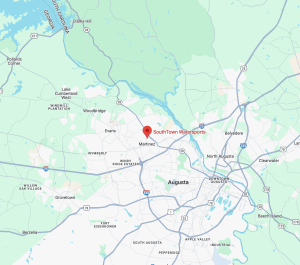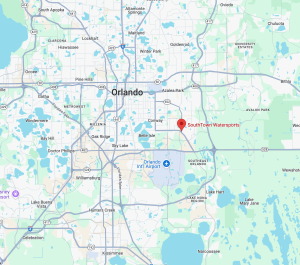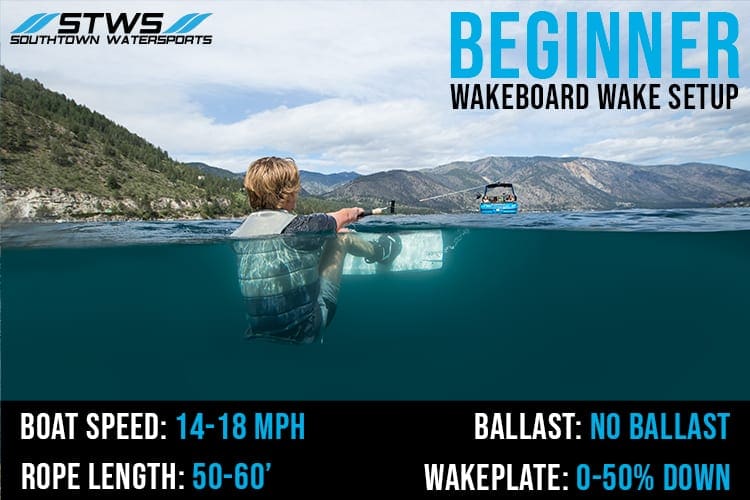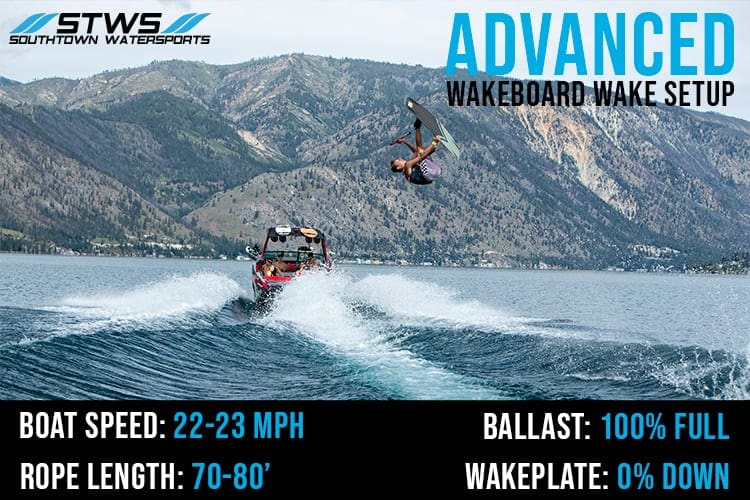This one is near and dear to our hearts. As you may have heard before, SouthTown started in the year 2000 as a wakeboard camp and ministry, and only more recently has evolved into boat dealerships and beyond. We’ve continued to offer wakeboard camps every summer since then, and over the years we’ve picked up on a trend that we feel needs to be addressed. Plainly, people associate wakeboarding with pain. We’re not here to tell you that you’re never going to get rocked when trying to progress on a wakeboard, but the purpose of this post is to teach you how minimize the hard hits by setting your boat and your expectations right. We’re going to break it down by skill level, so step one is being honest with yourself about which of these categories you fall into.
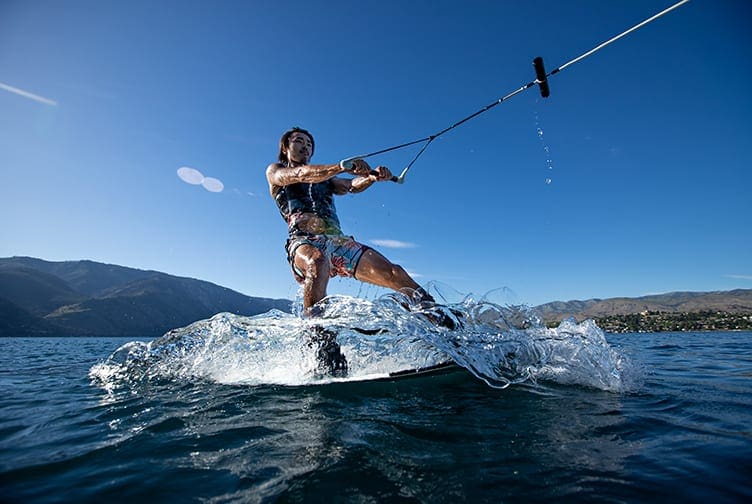
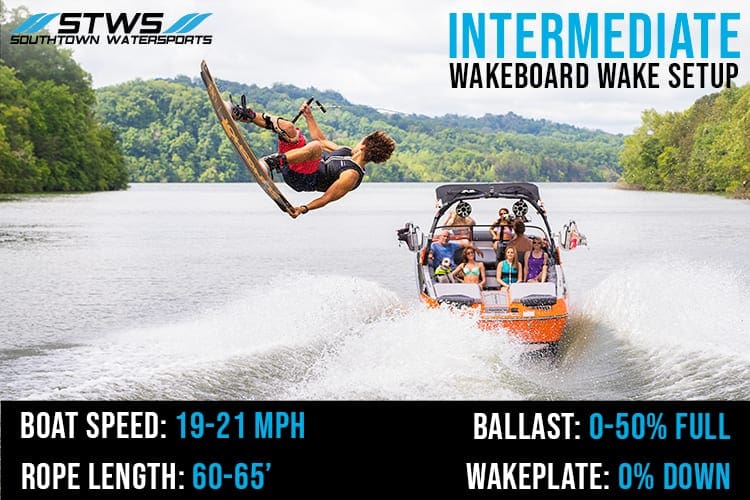
Intermediate Wakeboard Wake Setup
We would define an intermediate rider as someone that has mastered heelside and toeside one-wake 180’s and learned to jump wake-to-wake. Ideally, the intermediate rider is looking to learn how to jump wake-to-wake from both sides, take their 180’s wake-to-wake, and get comfortable riding and jumping switch (with their opposite foot forward). Just like for a beginner rider, to set up an intermediate rider for success you’ll want to start without any ballast in the boat. The reason for this is that while riding a bigger wake and getting more air may be more fun, it can also create some bad habits. Learning to create more pop using your legs and not a massive wake will help to ensure that early intermediate riders are able to maximize the heights they can achieve later in their progression. Once the rider has established good habits of maximizing their pop using technique, you may consider slowly adding ballast over time, up to about 50%.
Along with trick progression and higher ballast levels come higher speeds and longer rope lengths. Increasing speed will help to ensure the wake stays clean as more ballast is added, and letting the rope out longer will give the rider more time in the air. While the intermediate rider has gained significantly more control at this stage of their riding, it’s important to remember that mistakes will still be made, and there’s no reason to go faster than necessary. Every mile per hour makes the falls hurt that much more, which is why we recommend keeping it between 19-21mph and finding a rope length that makes clearing the wake easy while still giving the rider plenty of time in the air. It’s important to note that increasing your boat speed will make the distance between the two sides of the wake narrower, but letting your rope out will make it wider. Check out the specs we’ve listed in the image above to get an idea of where to start, then dial it in to your liking.



